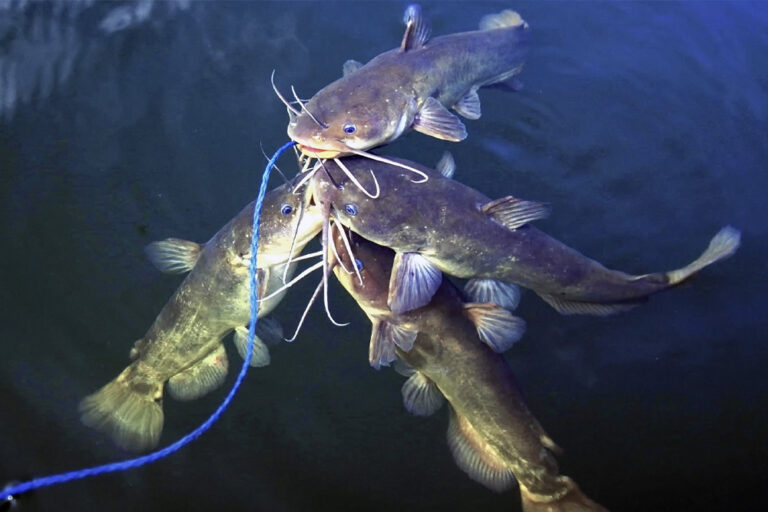
Introduction
Lance Armstrong is still one of the most polarized characters in the history of the game-a person who rose to global fame as a cancer bike master, only his legacy was crushed by one of the biggest doping frauds ever. Armstrong’s lies are not just the story of deception; It is a story about the dark side of ambition, flexibility, and professional games. This biography examines their meteoric growth, outstanding Tour de France dominance, and shocking collapse.
Early Life and Cycling Beginnings
Born September 18, 1971, in Plano, Texas, Lance Armstrong established athletic promise from an early age. He had best compete in swimming and triathlon earlier than focusing on cycling. Until his late youth, Armstrong was an emerging star who changed professionals in 1992 and quickly attracted attention to their fierce competition.
In 1996, at just 25 years old, Armstrong was discovered to have advanced testicular cancer that spread to his lungs and brain. The doctors gave him a thin opportunity to exist, but aggressive treatment and pure determination exempted him. This struggle became the cornerstone of his public personality – a will to his flexibility and determination as a survivor who defines obstacles.
The Tour de France Dominance
Armstrong’s return to cycling in 1998 was no less than incredible. In 1999, he won his first Tour de France. He repeated an overall performance seven times in a row (1999–2005). Their dominance was outstanding, extraordinary endurance, fueled by a mix of strategic teamwork and, as later revealed, performance-enhancing drugs (PEDs).
His success was not just about athletics – ArmstrongLivestrong Foundation, Cancer was established in 1997 and became a global symbol of flexibility, traveling millions and inspiring countless people. Yellow -colored buildings were everywhere and strengthened his image as a hero.
The Doping Allegations Begin
Despite his victory, Dopings whispers to Armstrong for years. Cycling in the 1990s and early 2000s, blood doping, EPO use, testosterone, and Armstrong’s achievements cast doubt.
Prominent whistleblowers, including previous companions
Floyd Landis and Tyler Hamilton. He was accused of systematic doping. Still, Armstrong denied all the claims, using cases, threats, and PR campaigns for silence. For years, the world of cycling did not prepare to challenge its biggest star.
The Fall: USADA Investigation and Lifetime Ban
The truth was eventually uncontrolled in 2012 .U.S. Anti-Doping Agency (USADA) Armstrong’s career published a dam report, and was marked as “the most sophisticated, professional and successful doping program” in the game’s history.
Key evidence included:
- Witness 11 former teammates confirm doping.
- Blood tests show irregularity.
- Proof of EPO, blood transfusions, and testosterone use.
Armstrong was all taken away from seven Tour de France titles, Life was forbidden to professional cyclists, and as sponsors dropped by sponsors Nike and Trek dropped. His reputation was in ruins.
The Confession and Aftermath
In a 2013 interview, Oprah Winfrey, Armstrong finally accepted doping, although his confession was criticized due to a lack of regret. Since then, he has had a complex relationship with issues, public setbacks, and cancer communities.
Despite the collapse, Armstrong is still an attraction – some see him as a deficient master who ended up in a corrupt system, while others view him as a fraud who cheated millions of people.
Legacy: Hero or Cheat?
The story of Lance Armstrong is a contradiction. He inspired people who survived cancer all over the world, yet his deception fulfilled his performance. Cycling has improved its anti-doping policy, but the game is still struggling with its complex heritage.
Conclusion
Armstrong Lie is more than a sports fraud – this is an ambition, deception, and a cautionary story about the costs of winning at all costs. Whether it is seen as a villain or a victim of his time, Armstrong’s story is one of the most entertaining in sports history.







